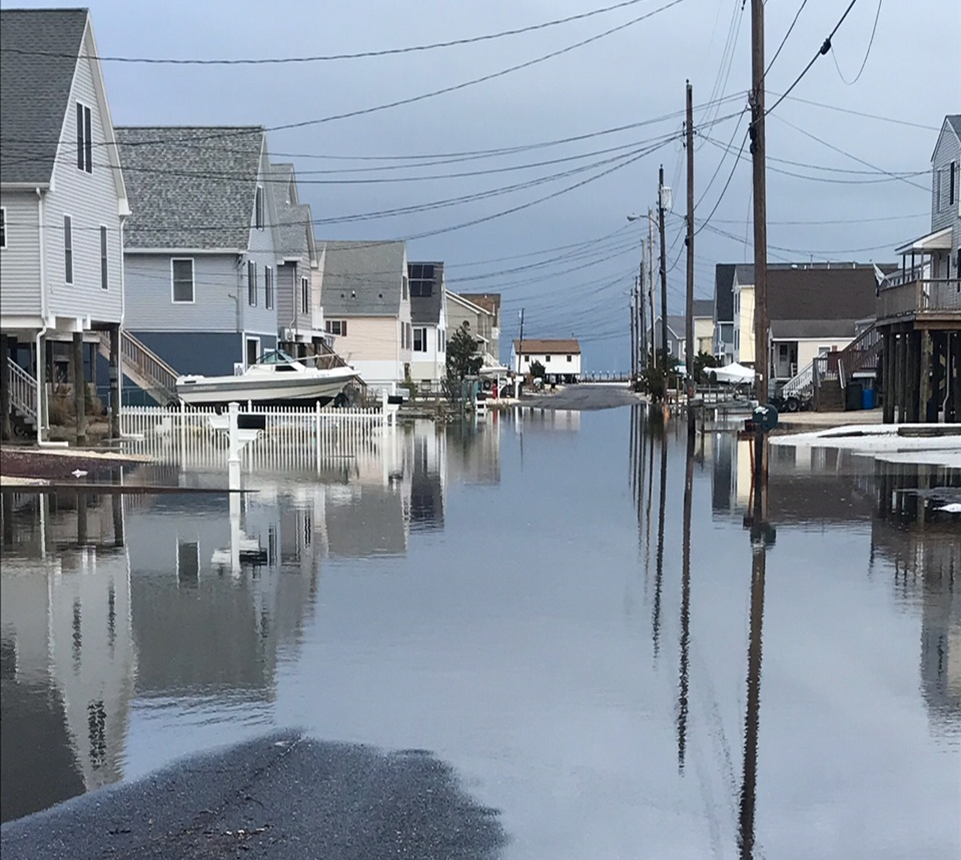
Now is the time to evaluate flooding vulnerability and plan proactively for new land use patterns, adaptations, and protections. When storms occur or nuisance flooding becomes more frequent and more extreme, reactive options become more limited.
A new report, Sustainable & Resilient Coastal Communities, A Comprehensive Coastal Hazard Mitigation Strategy, provides a framework for discussion and action around these issues. The report provides recommendations for how local governments can proactively examine their vulnerability to flood risks, engage in a constructive public dialogue, and implement specific changes to increase resiliency. One of the key takeaways from the report is that this is a long term strategy based process
Three models are outlined, providing varying degrees of protections for communities to choose based on their risk tolerance. A suite of implementation options are presented that can be applied to different areas throughout the community.
Implementation options fall into the following categories:
- Hazard disclosure
- Allowance for marsh migration
- More stringent and / or resilient codes
- Building restrictions
- Redistributing development
- Realigning capital investment priorities
This project was funded by NJDEP, led by New Jersey Future with partners BRS, Inc. and Princeton Hydro. Although the case studies are based in New Jersey, the recommendations are applicable to many coastal communities.


